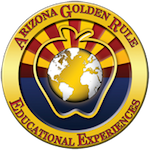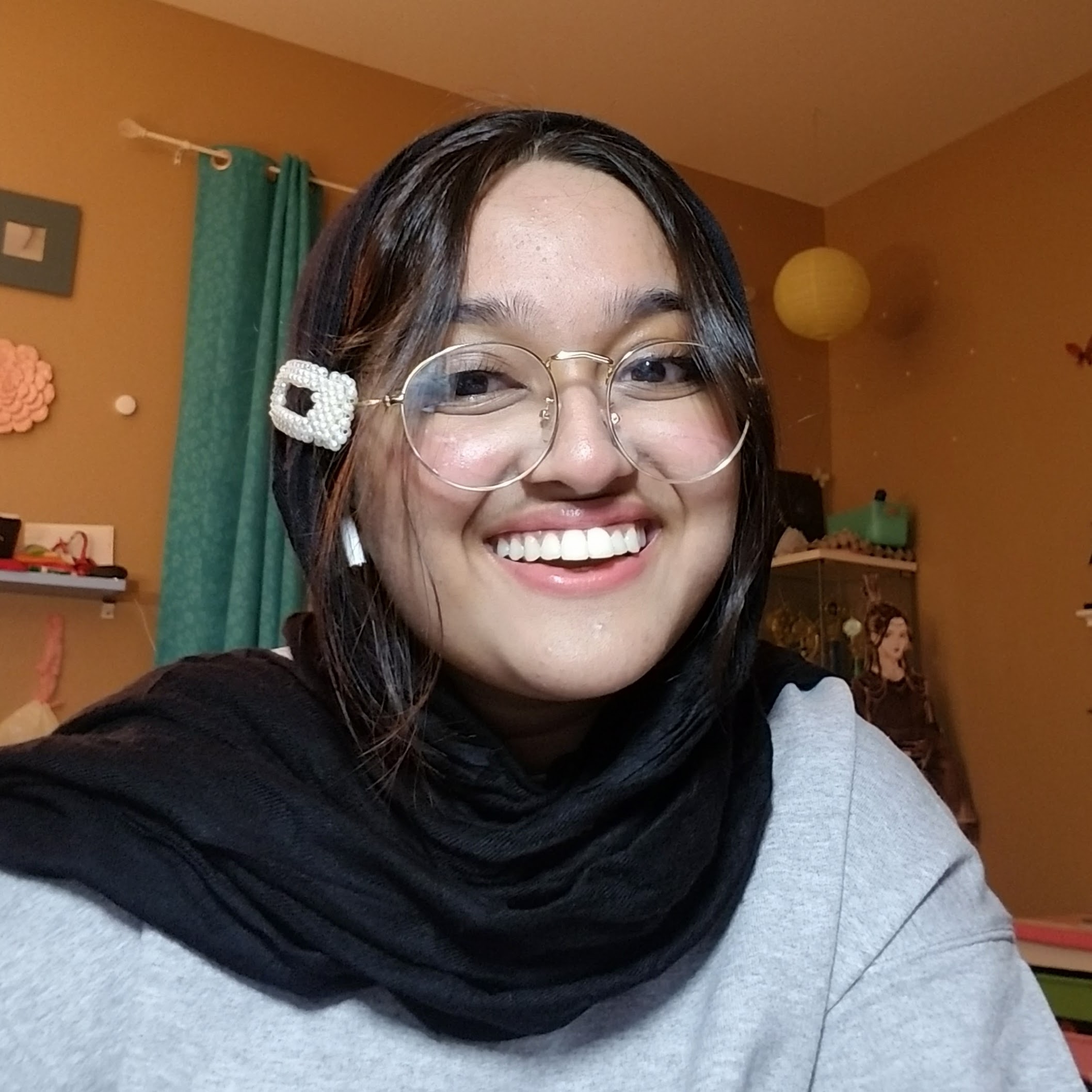Expanding literature in schools is an important step in embracing diversity
It’s the worst fear of every high schooler, an unimaginable trepidation that lingers at the bottom of our stomachs before entering the dreaded confine we call the classroom: “OK, class, today we will start the Shakespeare unit.”
Such an inescapable fate within the realm of the average high school English literature class falls into the hands of the unfortunate students.
Shakespeare is an inevitable part of one’s academic career, from his illustrious sonnets about an unconventional declaration of love to the notorious “Romeo and Juliet” monologues that usually lead to awkward re-enactments by your half-asleep classmates. The universal experience has integrated itself into a staple of high school culture, and while the multitude of lessons about iambic pentameter are fun in realizing that you are godawful at counting, you begin to wonder, “How does an old guy writing in outdated 16th-century English relate to me?” coupled with “Why does it even matter now?”
These compelling questions that many American students like me and you continuously ask ourselves have reflected a larger, more pervasive issue that the current literature curriculum faces today: a prominent lack of diversity.
More than 50 years have passed since literacy experts first emphasized the necessity for more diverse books within the academic environment, and yet the reading lists look astonishingly the same as they did in 1970. The tale of the “white literary” canon restricts the boundaries of literary perspective to a white narrative, in which only conventional white protagonists encompass struggles that fail to connect with an increasing BIPOC audience that is approximately 50% non-white. Books such as “Lord of The Flies” and “To Kill A Mockingbird” have been praised as classics of “national common experience,” but the definition of “common” has changed.
In an era of political and social revolution, the norms of the average American teenager are not reduced to a middle class, white, cisgender, neurotypical profile anymore. Instead, it is presented through a constantly changing identity that has no set assignment, a continuous experimentation of self-expression. The main point of these English classes is to unite students from contrasting ethnicities, religions, sexualities, and socioeconomic statuses through literature and increase exposure to different styles, but when they repeatedly read texts that are about the same white episodes, how can they feel a connection? More importantly, how can they ever extend their knowledge to learn about other cultures?
Your identity is not limited to a single allegory, and it is important that this point is portrayed accordingly in your education. According to English teacher Jabari Sellars, “an inherent part of developing culturally responsive instruction is coming to terms with our narrow view of literature,” and the need for thoughtful determination of how to contemporize the education system is evident.
It is our duty at LiveGoldenAZ to provide you with a comprehensive book list by diverse authors that you can read during your quarantine.
h “George” by Alex Gino.
h “The Absolutely True Story of a Part-Time Indian” by Sherman Alexie.
h “Ain’t I A Woman” by Bell Hooks.
h “Zami: A New Spelling of My Name” by Audre Lorde.
h “The Namesake” by Jhumpa Lahiri.
h “The House on Mango Street” by Sandra Cisneros.
h “El Deafo” by Cece Bell.
h “American Born Chinese” by Gene Luen Yang.
h “Ghost” by Jason Reynolds.
Anusha Rahman is a junior at Hamilton High School. For more information and videos, visit azGoldenRule.org.![]()
#LiveGoldenaz – Golden Rule Moments
Anusha Rahman Guest columnist
PART OF THE USA TODAY NETWORK Copyright © 2020 The Arizona Republic 10/26/2020

